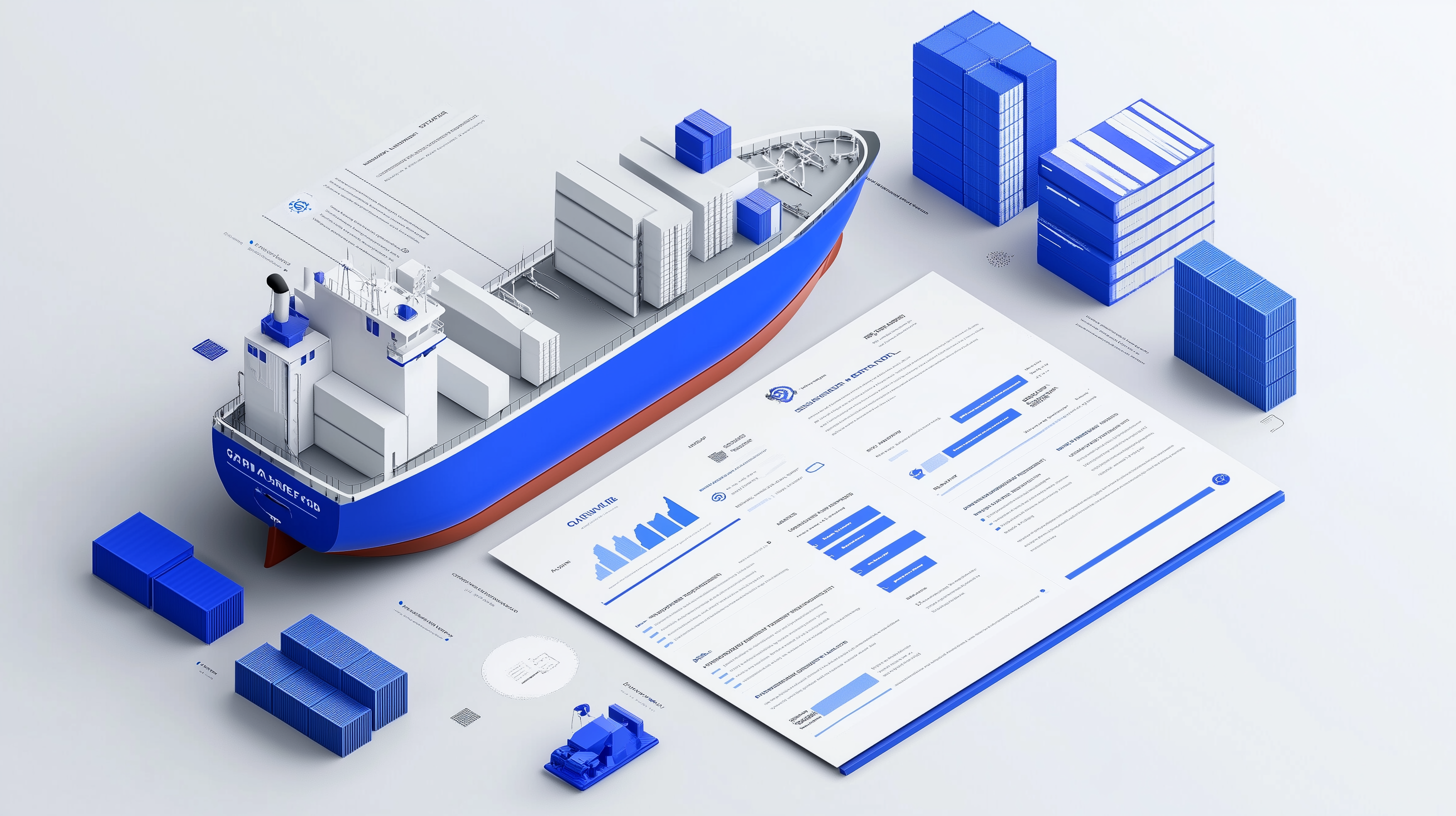Azure Kubernetes Service (AKS) Best Practices

Introduction:
Azure Kubernetes Service (AKS) is a powerful platform for deploying, managing, and scaling containerized applications in the cloud. To unlock its full potential, it is crucial to follow best practices that ensure efficiency, security, and scalability. Here’s a concise guide to the most impactful recommendations.
1. Cluster Setup for Reliability
- Node Pools: Separate workloads by using dedicated node pools, such as GPU pools for ML tasks and general-purpose pools for standard applications.
- Autoscaling: Enable cluster autoscaler to dynamically adjust the number of nodes based on application demand, ensuring cost-efficiency and availability.
- Availability Zones: Deploy AKS clusters across multiple availability zones to increase fault tolerance and reduce downtime risks.
2. Security Best Practices
- Role-Based Access Control (RBAC): Grant least-privilege access to users and applications to reduce security risks.
- Secrets Management: Store sensitive data securely in Azure Key Vault and avoid hardcoding secrets in code or YAML files.
- Network Security: Restrict API server access using authorized IP ranges and integrate with Azure Firewall or Network Security Groups (NSGs) to secure network traffic.
- Pod Security: Implement PodSecurityAdmission or OPA Gatekeeper to enforce security standards at the pod level.
3. Monitoring and Observability
- Azure Monitor: Enable Azure Monitor for containers for cluster and application insights.
- Prometheus and Grafana: Leverage these tools for granular monitoring and visual dashboards tailored to your needs.
- Alerts: Configure proactive alerts for key metrics such as CPU, memory, and disk usage to identify and address issues promptly.
4. Cost Optimization
- Spot Instances: Use spot instances for fault-tolerant or non-critical workloads to save on compute costs.
- Right-Sizing: Regularly review and adjust resource requests and limits to avoid over-provisioning.
- Savings Plans: Use Azure Reserved Instances or Savings Plans for long-term workloads to reduce costs.
5. CI/CD and Deployment
- GitOps: Automate and version-control deployments using tools like Flux or ArgoCD.
- Pipeline Security: Scan containers for vulnerabilities and secure secrets with tools like Azure Key Vault.
- Progressive Delivery: Implement canary deployments or blue/green deployments for safer rollouts and faster rollback if needed.
6. Backup and Disaster Recovery
- Regular Backups: Use tools like Velero to back up Kubernetes cluster states and persistent volumes.
- Disaster Recovery: Encrypt backups, store them in a different region, and test recovery plans regularly to ensure rapid restoration during an incident.
7. Continuous Improvement
- Upgrades: Regularly update your AKS clusters to the latest supported version for new features and security patches.
- Load Testing: Use tools like k6 or JMeter to simulate high-traffic scenarios and optimize workloads accordingly.
Conclusion:
By implementing these best practices, you can maximize the performance, security, and cost-efficiency of your Azure Kubernetes Service clusters. AKS provides a scalable and resilient foundation for containerized applications, but its true potential is realized through thoughtful configuration and continuous improvement. With a focus on reliability, security, and cost optimization, organizations can drive innovation while maintaining operational excellence.






